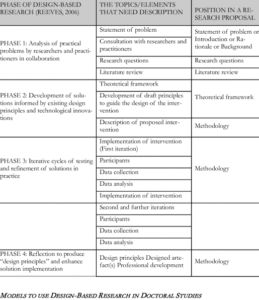Back to: ZOOLOGY 500 Level
Welcome to class!
Hello, my amazing scholar! You’re doing exceptionally well, and today’s topic is one of the most rewarding parts of your learning journey—Students Present Research Proposals and Simulated Fieldwork Results. This is your golden opportunity to showcase everything you’ve learned, from planning to analysis, just like real ecologists in action.
Students Present Research Proposals And Simulated Fieldwork Results
Why Presentations Matter
Presenting your research proposals and simulated results is more than just an academic task. It helps you:

Practise how to communicate scientific ideas clearly
Receive feedback that can make your research even better
Build your confidence as a future researcher
Learn how to defend your methods and conclusions logically
Engage with other students’ ideas and improve teamwork
Imagine being in a room with your team, sharing your findings on bird diversity in your university’s green spaces—everyone learns something new, including you!
What Makes a Good Research Proposal Presentation
Your research proposal is your project blueprint. When presenting it, keep it sharp, clear, and exciting. It should include:
Title and Team Members: Start strong and confidently.
Research Question: What are you investigating, and why is it important?

Background/Justification: Share the science behind your topic—briefly mention past studies or trends, especially if they relate to Nigerian ecosystems.
Objectives and Hypothesis: What are your goals and what do you predict will happen?
Study Area and Methods: Describe your location, tools, and sampling techniques (e.g., quadrats, pitfall traps, GPS).
Timeline and Ethical Considerations: How long will it take, and how will you ensure safety for nature and people?
Simulated Fieldwork Results Presentation
In some cases, you may simulate fieldwork due to time or logistical constraints. That means you’ll work with mock or generated data that mimics real-life conditions.
Here’s what to present:
Data Summary: Charts, tables, or graphs showing patterns and findings
Analysis: What does your data tell you? Did it support your hypothesis?
Discussion: Interpret the results—why did this happen? Are there possible limitations or errors?
Conclusion and Recommendations: Sum up your findings and suggest what should happen next (e.g., real-world applications, further study)
Tips for Effective Presentation
Use visuals (PowerPoint, posters, or models) to make your points clear
Keep your language simple and direct
Practise as a team beforehand—everyone should speak confidently

Be ready to answer questions or explain your choices
Summary
- Presenting proposals and simulated results is key to developing scientific communication skills
- Proposals should include topic, objectives, methods, timeline, and ethics
- Simulated results allow you to practise analysing and sharing data
- Presentations help you grow as a confident, informed, and responsible researcher
Evaluation
- What is one purpose of presenting your research proposal?
- Mention three things to include when sharing simulated results.
- How can presenting your work improve your future fieldwork?
- Why is teamwork important during presentation?
You are becoming a confident researcher who can think, speak, and act like a true scientist. Every slide, every chart, every answer you give is a step forward in your journey. Afrilearn is proud of your growth—keep going, the future of African science is bright with you in it!
